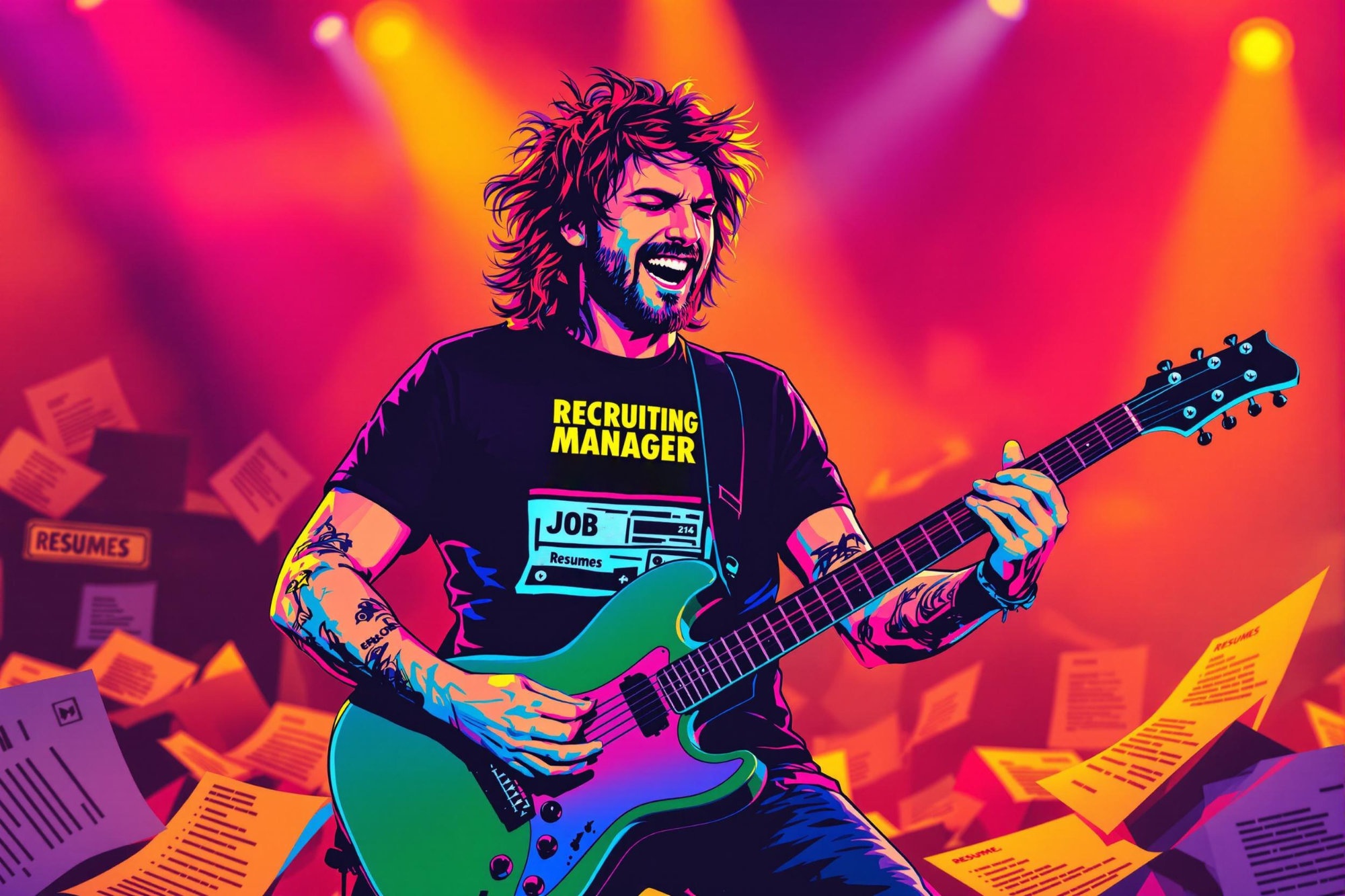
Principal Dancer
A Principal Dancer is the highest-ranking dancer in a professional ballet company, similar to an executive position in the corporate world. They are the stars who perform the leading roles in ballet productions. Think of them as the CEOs of the dance world - they have reached the top of their profession after many years of training and performing. These artists have typically worked their way up through various ranks (Corps de Ballet, Soloist) before achieving this prestigious position. The role requires not just exceptional dancing ability, but also leadership qualities, as Principal Dancers often mentor younger performers and contribute to the artistic direction of productions.
Examples in Resumes
Performed lead role of Sugar Plum Fairy as Principal Dancer in The Nutcracker
Promoted to Principal Dancer after three seasons as Soloist
Served as Principal Dancer and dance captain for major international tours
Typical job title: "Principal Dancers"
Also try searching for:
Where to Find Principal Dancers
Professional Organizations
Job Boards
Professional Networks
Example Interview Questions
Senior Principal Questions
Q: How do you approach mentoring younger dancers while maintaining your own performance schedule?
Expected Answer: Look for answers that demonstrate leadership ability, time management, and commitment to developing others while maintaining personal excellence. Should discuss specific mentoring techniques and balancing responsibilities.
Q: How do you handle artistic differences with choreographers or artistic directors?
Expected Answer: Should demonstrate diplomatic communication skills, professional problem-solving abilities, and understanding of collaborative artistic processes while maintaining respect for hierarchy.
Established Principal Questions
Q: How do you prepare for a new leading role?
Expected Answer: Should discuss research methods, practice routines, character development, and collaboration with artistic staff. Look for comprehensive preparation approaches.
Q: How do you maintain peak performance during a long season?
Expected Answer: Should cover physical conditioning, injury prevention, stress management, and work-life balance strategies.
New Principal Questions
Q: How do you handle the transition from soloist to principal roles?
Expected Answer: Should discuss adapting to increased responsibility, managing pressure, and developing leadership skills while maintaining technical excellence.
Q: What is your approach to learning complex choreography quickly?
Expected Answer: Should explain methods for rapid learning, memory techniques, and strategies for mastering new material efficiently.
Experience Level Indicators
Junior (0-2 years as Principal (8-10 years total dance experience))
- Strong classical ballet technique
- Ability to learn principal roles quickly
- Basic partnering skills
- Performance presence and artistry
Mid (2-5 years as Principal (10-15 years total dance experience))
- Refined interpretation of classical roles
- Advanced partnering abilities
- Mentoring corps members
- Public relations experience
Senior (5+ years as Principal (15+ years total dance experience))
- Mastery of classical and contemporary repertoire
- Leadership and teaching abilities
- Artistic interpretation and innovation
- Company representation and ambassadorship
Red Flags to Watch For
- Limited experience in classical repertoire
- History of frequent injuries
- Poor partnering skills or teamwork
- Inability to adapt to different choreographic styles
- Lack of company class participation
Related Terms
Need more hiring wisdom? Check these out...

Unlock Hidden Talent: How Internal Rotation Programs Spark Career Exploration and Boost Retention

Refining Job Descriptions to Expand Applicant Pools: Casting a Wider Talent Net

Changing Careers: A Recruiter's Inside View

